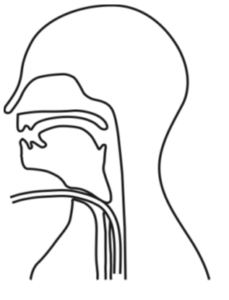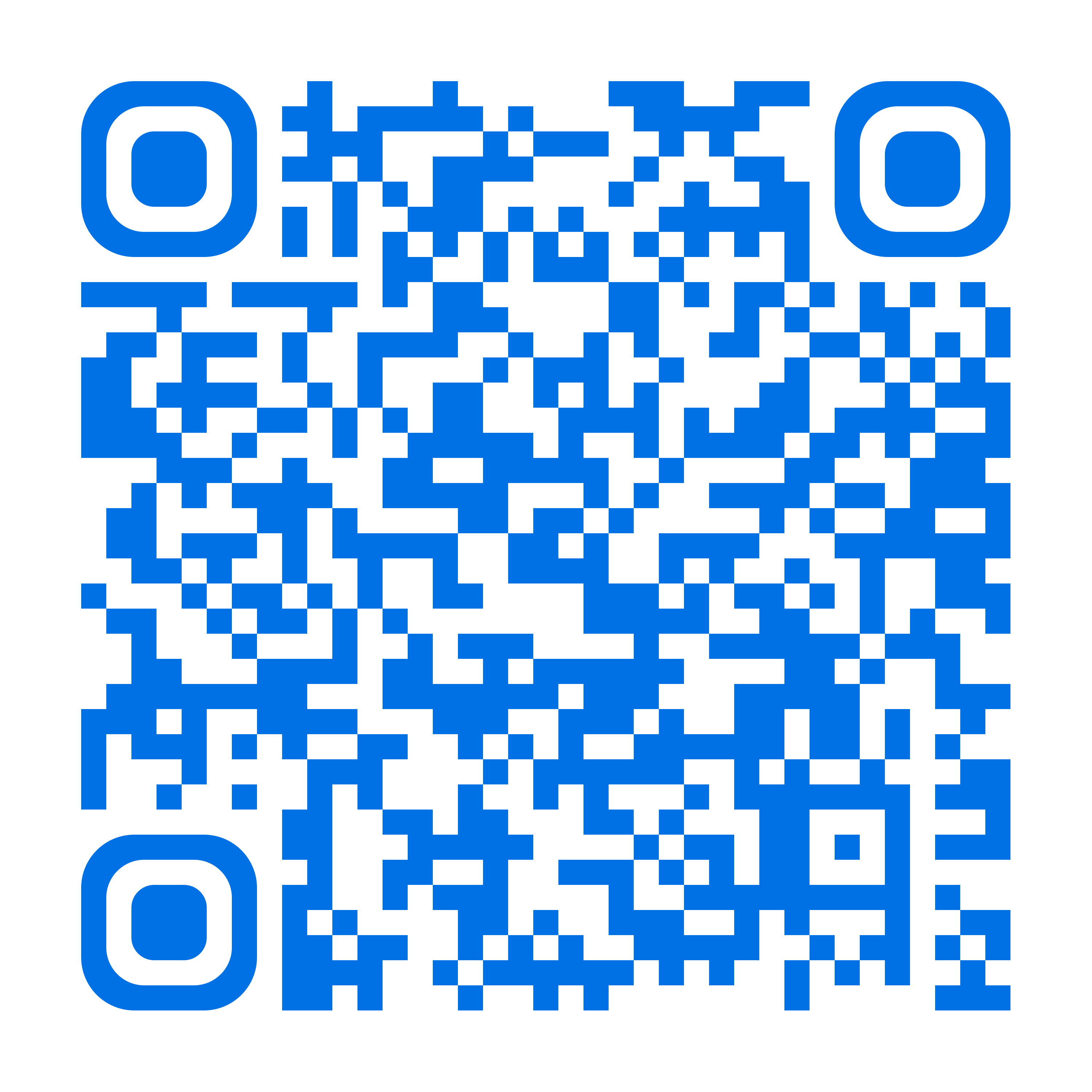- Reference Number: HEY-1350/2023
- Departments: ENT, Speech and Language
- Last Updated: 28 April 2023
Introduction
This advice sheet has been produced to give you general information about how to place a tracheoesophageal catheter. Most of your questions should be answered by this leaflet. It is not intended to replace the discussion between you and your healthcare professional, but may act as a starting point for discussion. If after reading it you have any concerns or require further explanation, please discuss this with a member of the healthcare team.
What is a tracheoesophageal puncture (TOP)?
A tracheoesophageal puncture (TOP) is a surgically created hole between the trachea (windpipe) and the oesophagus (food pipe) in a person who has had a laryngectomy (surgery to remove the voice box).
At the time of surgery a catheter is placed in the neck to maintain the TOP. This is where the speaking valve will eventually be placed. This will allow the air to pass from the trachea to the oesophagus to produce voice/speech. The catheter is removed and the speaking valve is inserted once the TOP site is healed and you have been eating and drinking for two days without concerns.
If the speaking valve or catheter comes out, you will need to place a catheter as an emergency procedure. This is for two reasons:
- To keep the TOP open
- To ensure that food or drink do not pass from the open TOP into your trachea when you swallow.
Please note that this puncture can close within 30 minutes if there is no valve or catheter in place
Placing the Catheter
If the speaking valve comes out, you will need a:
- Mirror
- Strong light
- Spare catheter in sealed package (14FG for a 16FG valve, 18FG for a 20FG valve)
- 10ml syringe
- Spigot/plug (usually green or blue)
- Lubricant Gel
- Tape (that is safe to be used on skin)
- Cup of water
- Do not panic, but act quickly!
- Insert the spigot/plug in the wide end of the clean catheter
- Dip the opposite end in a small amount of lubricant gel
- Aim the catheter at the puncture and carefully push through
- Push in a downwards direction until 3 inches remain
- Fill the syringe with 3mls of tap water
- Pass the water into the narrow (valved) end of the catheter
- Secure the catheter to the neck with tape
- Change the tape and alternate the catheter position daily

If you experience any difficulties, please contact:
ENT Department: 01482 468380
Speech and Language Therapy Department: 01482 604331
Ward 16 (Castle Hill Hospital): 01482 468616
This leaflet was produced by the Speech and Language Therapy Department, Hull University Teaching Hospitals NHS Trust and will be reviewed in April 2026.
General Advice and Consent
Most of your questions should have been answered by this leaflet, but remember that this is only a starting point for discussion with the healthcare team.
Consent to treatment
Before any doctor, nurse or therapist examines or treats you, they must seek your consent or permission. In order to make a decision, you need to have information from health professionals about the treatment or investigation which is being offered to you. You should always ask them more questions if you do not understand or if you want more information.
The information you receive should be about your condition, the alternatives available to you, and whether it carries risks as well as the benefits. What is important is that your consent is genuine or valid. That means:
- you must be able to give your consent
- you must be given enough information to enable you to make a decision
- you must be acting under your own free will and not under the strong influence of another person
Information about you
We collect and use your information to provide you with care and treatment. As part of your care, information about you will be shared between members of a healthcare team, some of whom you may not meet. Your information may also be used to help train staff, to check the quality of our care, to manage and plan the health service, and to help with research. Wherever possible we use anonymous data.
We may pass on relevant information to other health organisations that provide you with care. All information is treated as strictly confidential and is not given to anyone who does not need it. If you have any concerns please ask your doctor, or the person caring for you.
Under the General Data Protection Regulation and the Data Protection Act 2018 we are responsible for maintaining the confidentiality of any information we hold about you. For further information visit the following page: Confidential Information about You.
If you or your carer needs information about your health and wellbeing and about your care and treatment in a different format, such as large print, braille or audio, due to disability, impairment or sensory loss, please advise a member of staff and this can be arranged.

